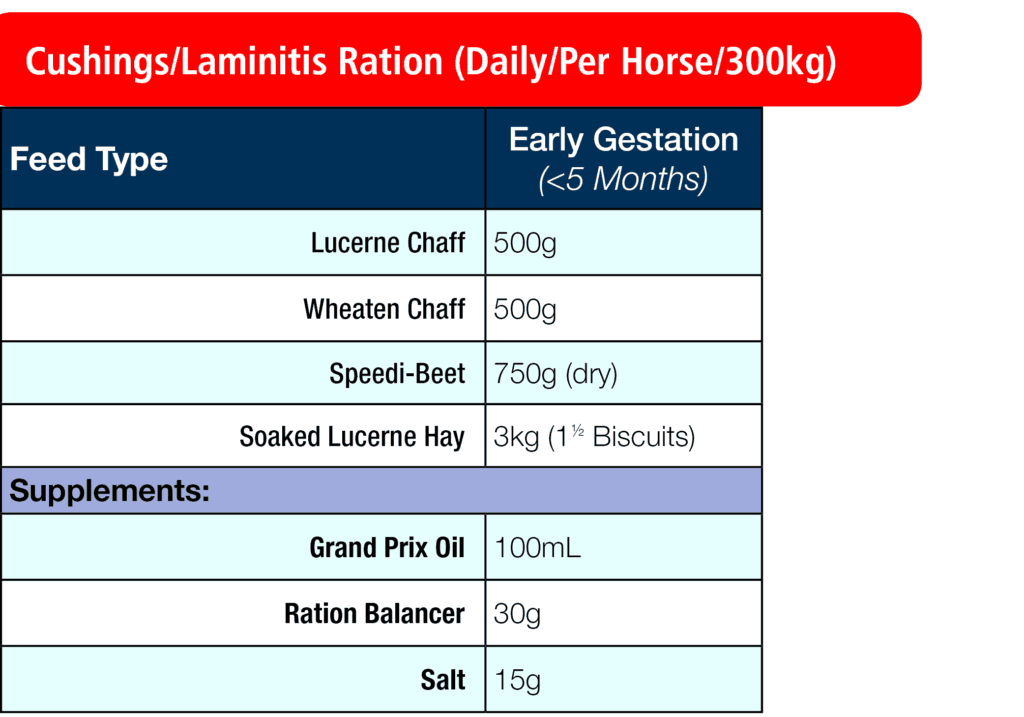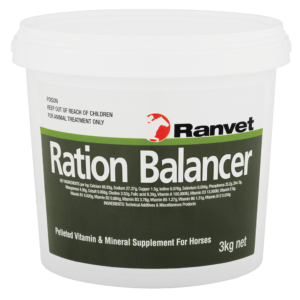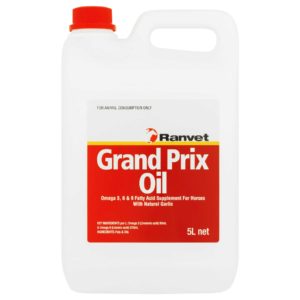Horses with Cushing’s disease are predisposed to nutritional disorders such as laminitis and insulin resistance. Therefore the management of nutrition is vital.

Further Notes
Horses, like humans, are living longer, healthier lives and as a consequence, certain age related diseases are becoming more prevalent. Equine Cushing’s Syndrome (ECS) is a disease of the endocrine system caused by an abnormality of the pituitary gland situated at the base of the brain. A characteristic of ECS is the production of excessive amounts of the hormone cortisol which negatively impacts on the horse’s ability to effectively regulate blood pressure/cardiac function and protein/carbohydrate metabolism
Common clinical signs include:
- An increased appetite which may be combined with weight loss
- Abnormal fat distribution (eye orbits)
- Excessive thirst/urination
- ‘Cresty’ appearance
- Thick coat and failure to shed
- Lethargy
What can be done to prevent the occurrence and/or minimize the severity of this syndrome?
Nutrition is critical. The provision of high starch feeds which contain high amounts of the sugar fructan and feeds high in NSC’s should be closely monitored or avoided. Additional management strategies to be employed include the following:
- Closely monitor body condition score (BCS) and ensure your horse is not carrying unnecessary excess weight as this may also predispose your horse (particularly aged horses) to insulin resistance, therefore becoming more susceptible to laminitis
- Choose fibre for energy. Utilize high energy fibers such as copra meal or beet pulp to meet your horse’s energy requirements.
- Use cereal grains sparingly and only where necessary. When feeding grains, feed only processed grains as this will minimize the risk of starch being delivered undigested to the hindgut.
- Never feed grain or grain-based products to an overweight horse, horses with Equine Cushing’s disease or Insulin Resistance or horses which have suffered previous bouts of laminitis.
- Anti-oxidants such as Vitamin E may be of benefit to horses suffering from tissue damage and stress.
- Avoid treats such as sugar cubes, molasses and apples as these are high in sugar. Utilize energy dense feedstuff such as oils and fat based feeds for energy provision. Omega-3 fatty acid supplementation is also beneficial due to anti-inflammatory activity.
Feeds…Can I or Can’t I?
It is important to differentiate between non-structural carbohydrates (NSC’s) and structural carbohydrates (SC’s). Non-structural carbohydrates constitute the majority of carbohydrates found in cereal grains such as oats, corn and barley and are commonly referred to as starch or sugar. Conversely, structural carbohydrates constitute the majority of carbohydrates found in forage products such as hay which also makes up the bulk of plant structure and contains little available starch or glucose and is commonly referred to as fibre.
What about pasture and forage?
Many forages can have high levels of NSC’s, such as fructans and simple sugars like glucose and sucrose. If you are concerned about the level of NSC’s in your pasture, it is possible to have them analyze to determine the NSC content. As a general rule, the pasture should be restricted and horses allowed to graze at short intervals preferably in the early hours of the morning when NSC levels are at their lowest due to minimal photosynthesis.
Experts in Equine Nutrition

Every product in the Ranvet range has been developed to meet a horse’s most specific need at any given time, be it in a training environment or on a breeding farm. Having pioneered the formulation of specific medications and dietary supplements for horses, the company is now recognised as a leader in the areas of equine health and nutrition.


